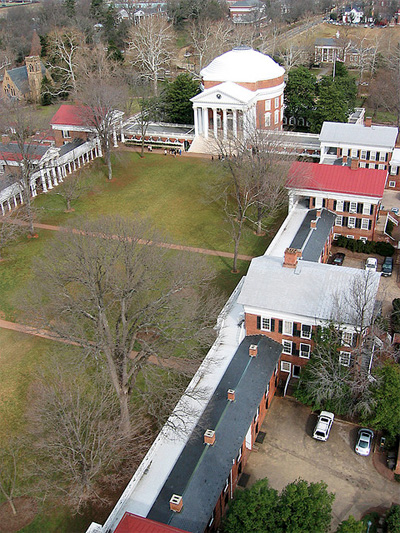I’m wondering if Patricia Battin’s framework for the role of an academic library set in 1984 has been fully accomplished? I think we are close, but not fully there yet. Here’s a list of the functions and facilities that she listed in the article, The Electronic Library – a Vision for the Future by Patricia Battin, EDUCOM Bulletin, Summer 1984
Our Electronic Scholar of the ’90s will find the following opportunities at the workstation:
- On-line gateway access to the universe of knowledge
- Bibliographic data for all printed works and machine-readable data bases and files
- Extremely user-friendly access by natural language subject searching, keywords, titles, etc.
- Boolean logic, call number searching, backward and forward browsing
- Information on on-order and circulation status of documents
In short, the capacity to rummage around in the bibliographic wealth of recorded knowledge, organized in meaningful fashion with logically controlled search:
- Downloading capacities and local interactive manipulation of all files
- Full-text access to databases, data files and published works also preserved on optical disks
- High resolution graphics
- Capacity to order off-line prints of machine readable text, facsimile transmission of journal articles identified through on-line abstracting and indexing services and/or delivery of printed publications
- Links to printed works through on-line indexes of books, table of contents
- Access to current scholarly output through author-supplied subject access
- Access to on-line Pre-Print Exchange, with papers maintained on-line for six months and then purged unless refereed and preserved in an archival record according to scholarly record according to scholarly standards; the refereeing process would be coordinated by a national network of scholarly societies with accepted data sets being maintained at the home institution and entered into the national data resource — either RLIN or OCLC now linked into one national resource
- Online access to education, training, and consulting services run by the Scholarly Information Center:
- information on new services and access
- technical information on hardware, software, etc.
- tutorials and consulting services on literature structures, protocols for specialists, seminars for beginners
- literature search services for those who don’t want to do their own
NOTE: Used with permission of the author.


